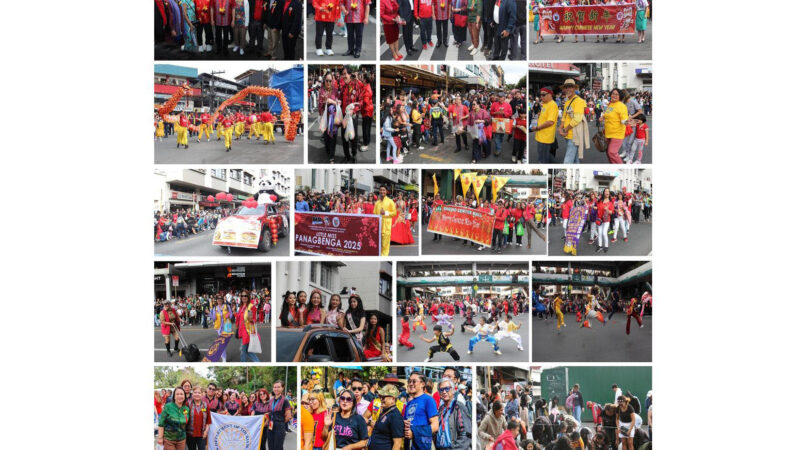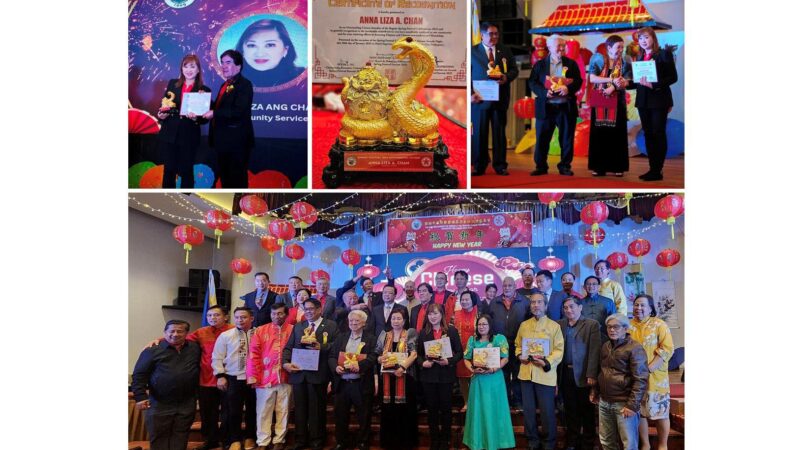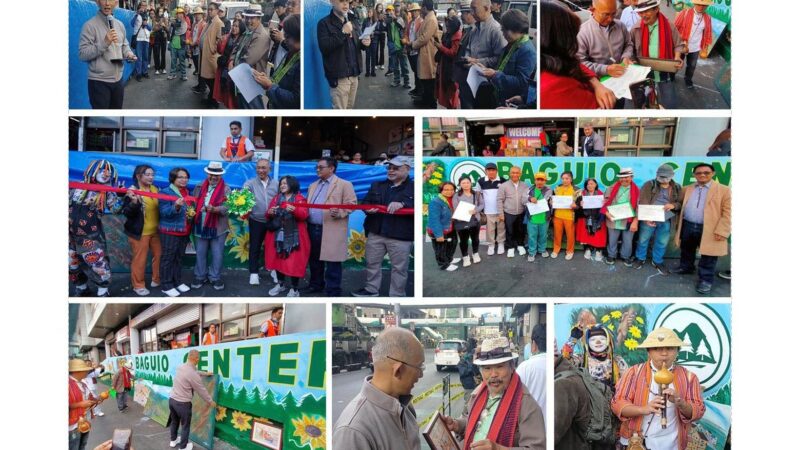Barangay twin details presented

The barangay digital twin for the city’s urban planning projects was adeptly discussed by City Planning Development and Sustainability Office (CPDSO) head Archt. Donna Rillera-Tabangin during the management committee (Mancomm) meeting last week.
Present during the forum are city hall executives and City Administrator Engr. Bonifacio dela Pena, with Mayor Benjamin Magalong joining in through online communication.
The barangay digital twin is a city-initiated mapping technology which finds a given area’s forests and open spaces, land ownership and use, easements, susceptibility to hazards, encroachment, structures including buildings and building height, occupancy and permits, dealings with government offices and other agencies, economic enterprise and other aspects.
Planning and visioning as to the citizens’ needs and social programs based on population density and classification, poverty threshold, age, vulnerability, health services including immunization, and other needs is possible through the barangay twin map, Tabangin said.
According to Tabangin, the barangay twin shows a three-dimensional representation which is physical data, and when merged with the community-based monitoring system (CBMS), presents a smart city technology, same as that of Singapore.
The merging of database statistics through CBMS and spatial infrastructure analytics would also do much for urban management and zoning issues.
As to preparations, all of the city’s 127 barangays are done with only Irisan’s report for completion by the end of July. Irisan is the city’s biggest barangay, thus the allotted time to process its data.
Fifty-three barangays had public consultations, as it was done on a weekly basis; and 75 still await their schedule. The consultations are expected to be done by the end of August, and with mapping technology, an updated comprehensive land use plan could be presented.
The digital twin map shows the city’s two boundaries, one done by the Department of Environment and Natural Resources (DENR), for administrative purposes, and the other by the city assessors, mainly for taxation.
Tabangin said validation on resources such as powerlines, water and later, sewerlines could be done through the digital twin-CBMS map as with other needs: roads and programmed projects.
During the meeting, Archt. Tabangin requested for local data from the different offices, as earlier, the Assessors (CASSO), City Engineers (CEO), City Environment and Parks Management (CEPMO) and City Buildings and Architecture (CBAO) offices provided her with much-needed data, which was included in the report.
Climate change and City Disaster and Risk Reduction Management Office (CDRRO) data were derived from the Climate and Disaster Risk Assessment (CDRA), Tabangin added.
As to data privacy of the merged CBMS and spatial infra-analytics, Data Privacy Officer and head of the Human Resources Management Office (HRMO) Atty. Augustin Laban III is currently preparing the manual for details, though an existing policy for CBMS requires an agreement for limitations on use. – JGF







